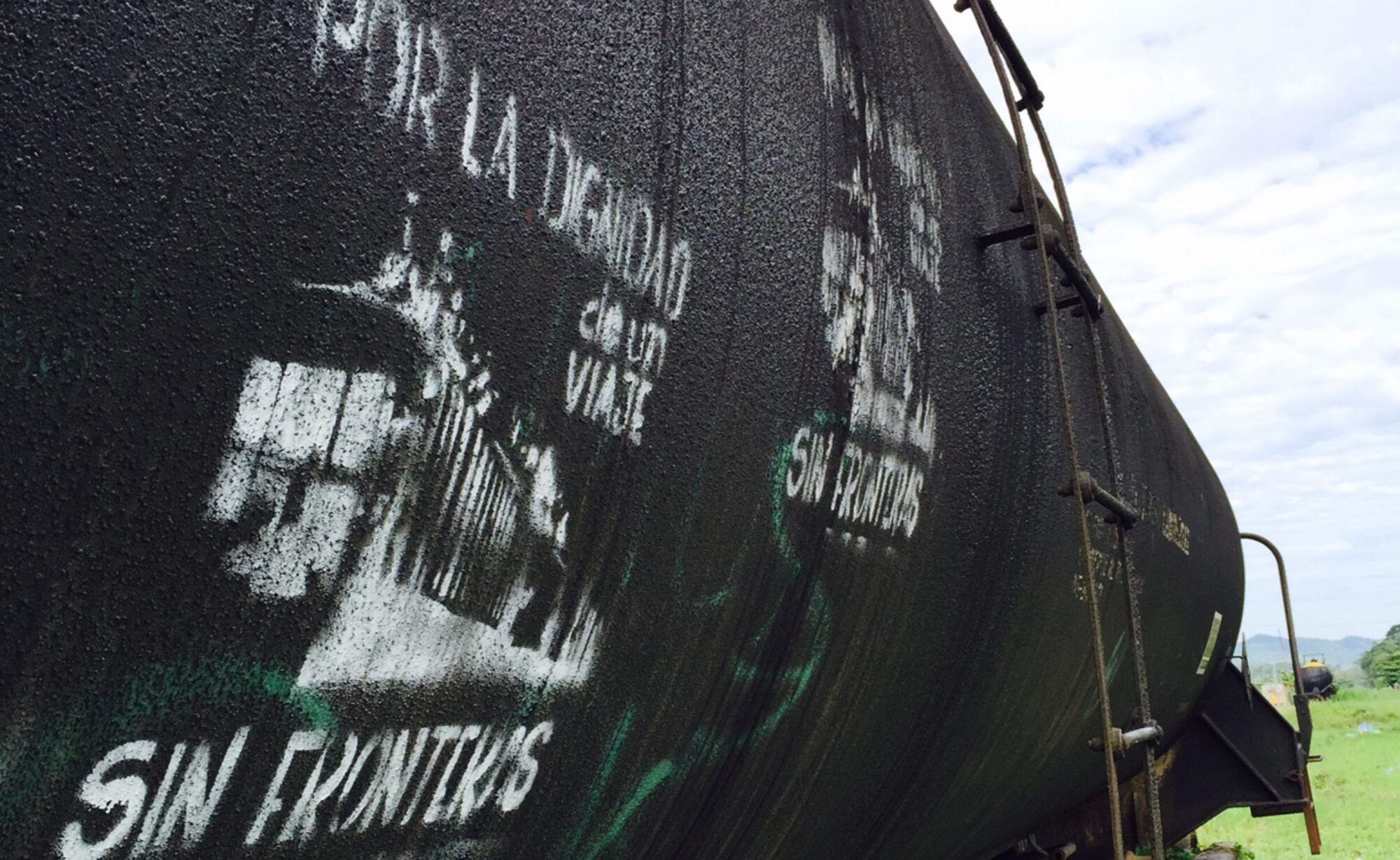When I first talked to the three Honduran men in the train yard in the southern Mexican town of Tenosique, I had no idea that they were climate-change refugees. We were 20 miles from the border with Guatemala at a rail yard where Central American refugees often congregated to try to board La Bestia (“the Beast”), the nickname given to the infamous train that has proven so deadly for those traveling north toward the United States.
The men hid momentarily as a Mexican army truck with masked, heavily armed soldiers drove by. Given Washington’s pressure on Mexico to fortify its southern border, U.S. Border Patrol agents might have trained those very soldiers. As soon as they were gone, the Hondurans told me that they had been stuck here for six long days. The night before, they had tried to jump on La Bestia, but it was moving too fast.
When I asked why they were heading for the United States, one responded simply, “No hubo lluvia.” (“There was no rain.”) In their community, without rain, there had been neither crops, nor a harvest, nor food for their families, an increasingly common phenomenon in Central America. In 2015, for instance, 400,000 people living in what has become Honduras’s “dry corridor” planted their seeds and waited for rain that never came. As in a number of other places on this planet in this century, what came instead was an extreme drought that stole their livelihoods.
Read the rest here at TomDispatch, where the article originally appeared.
